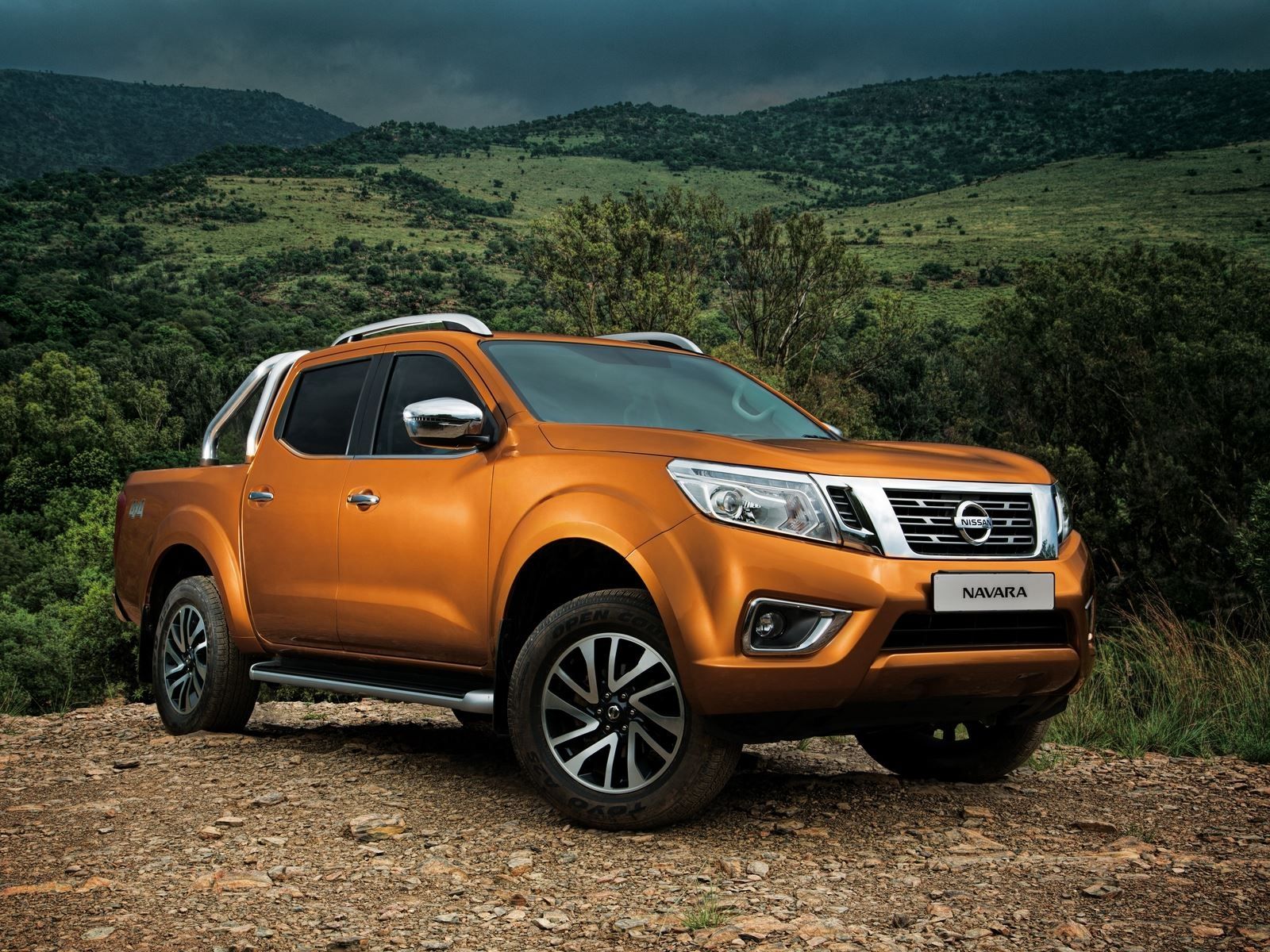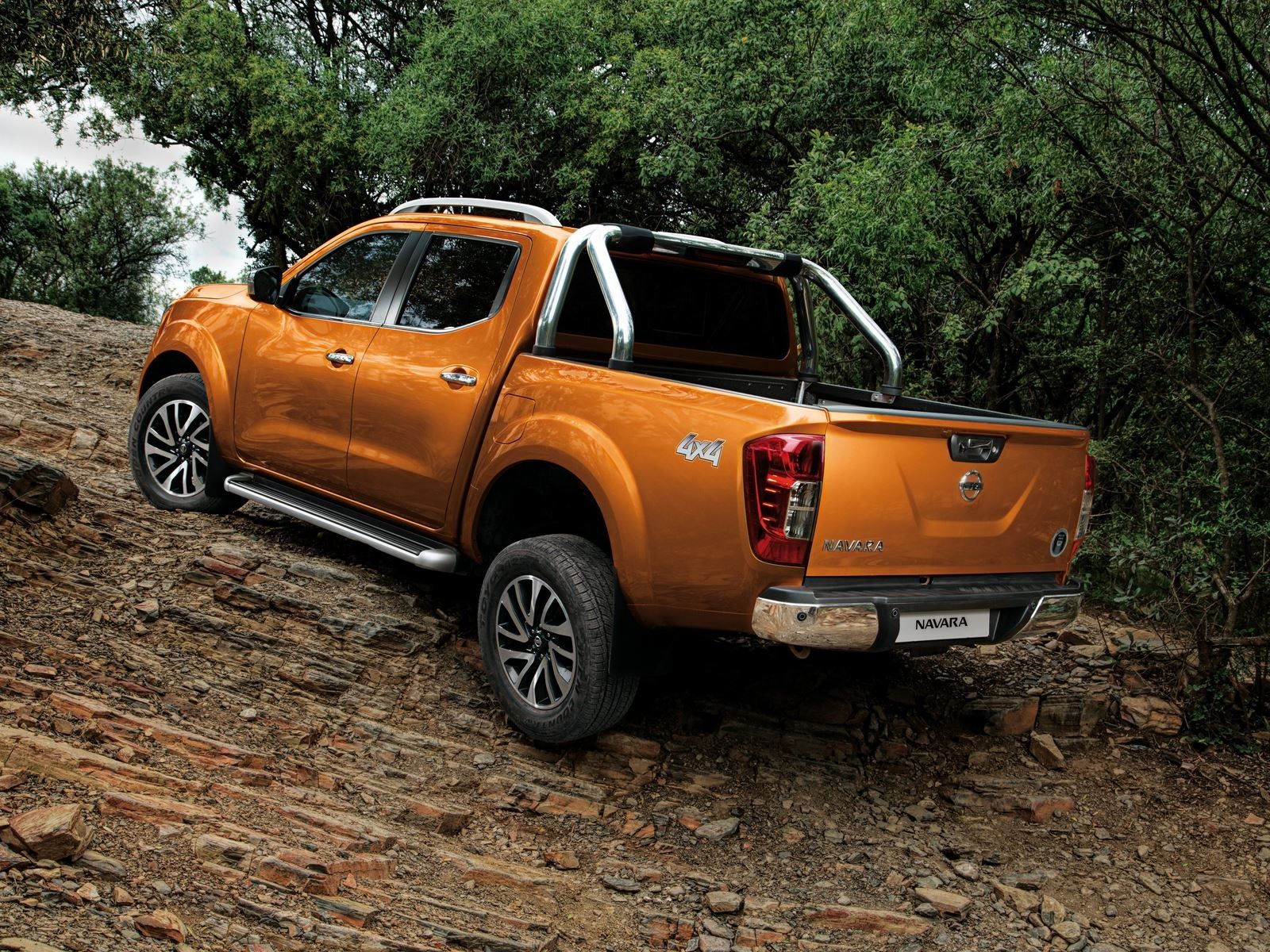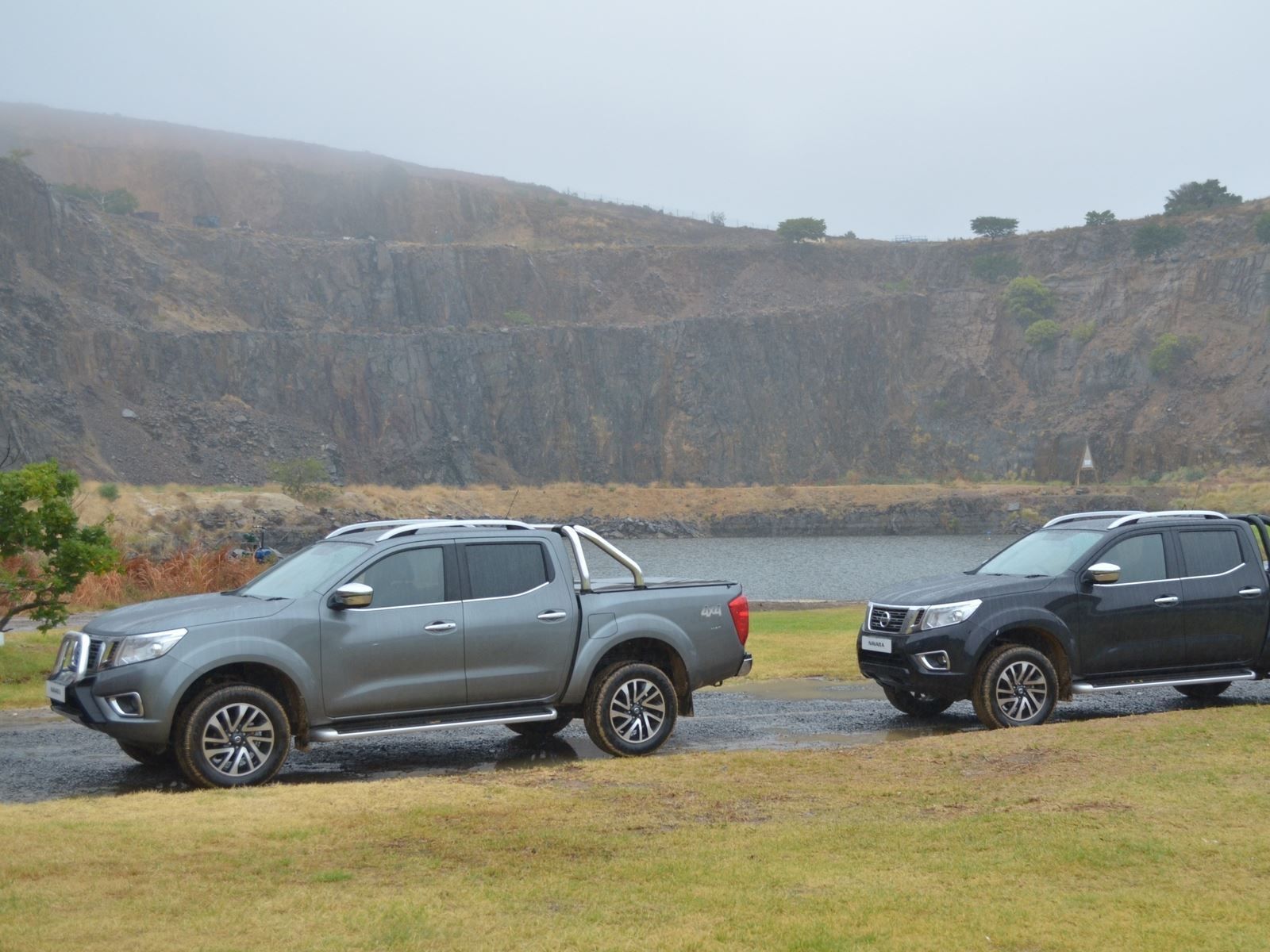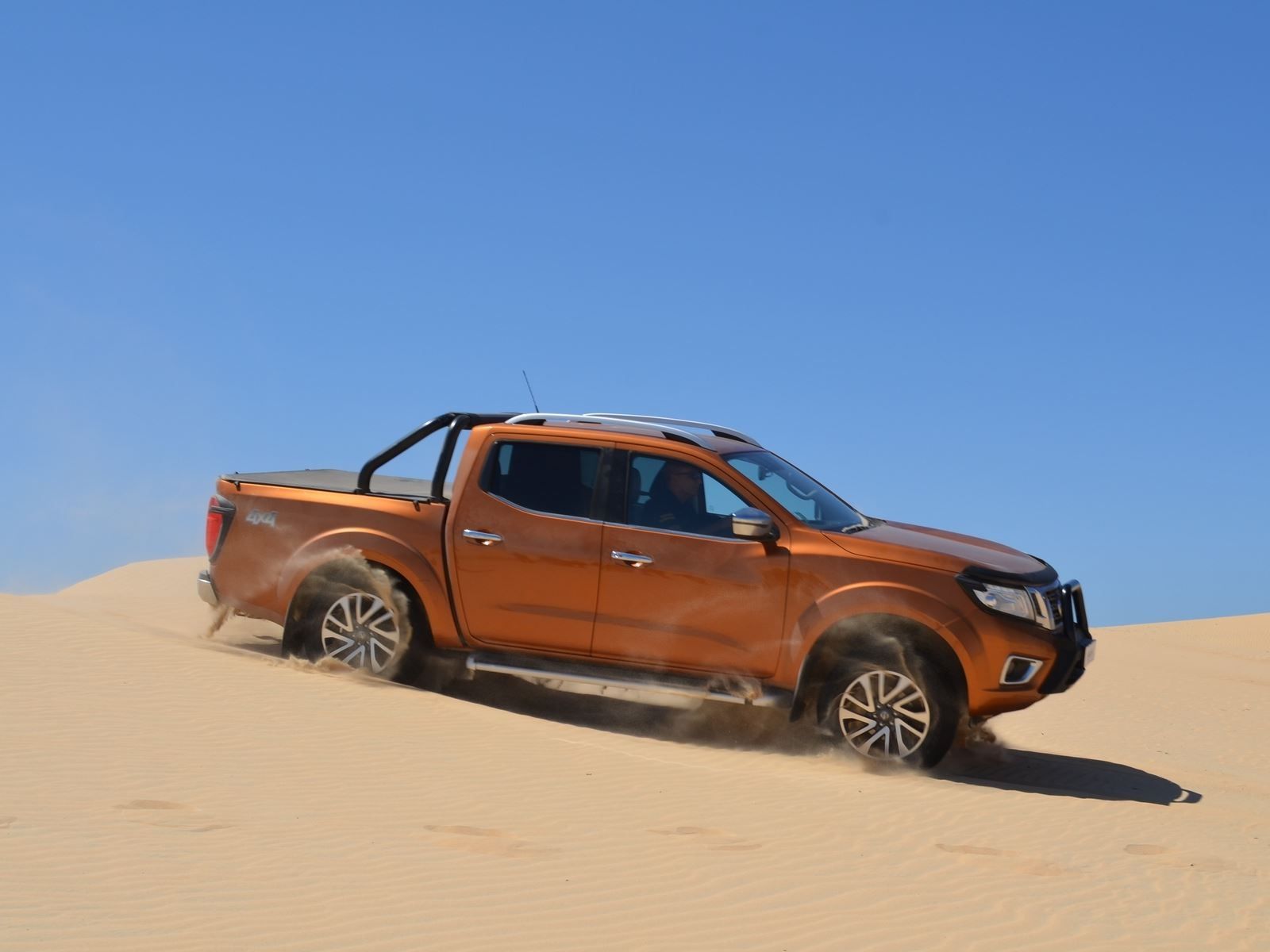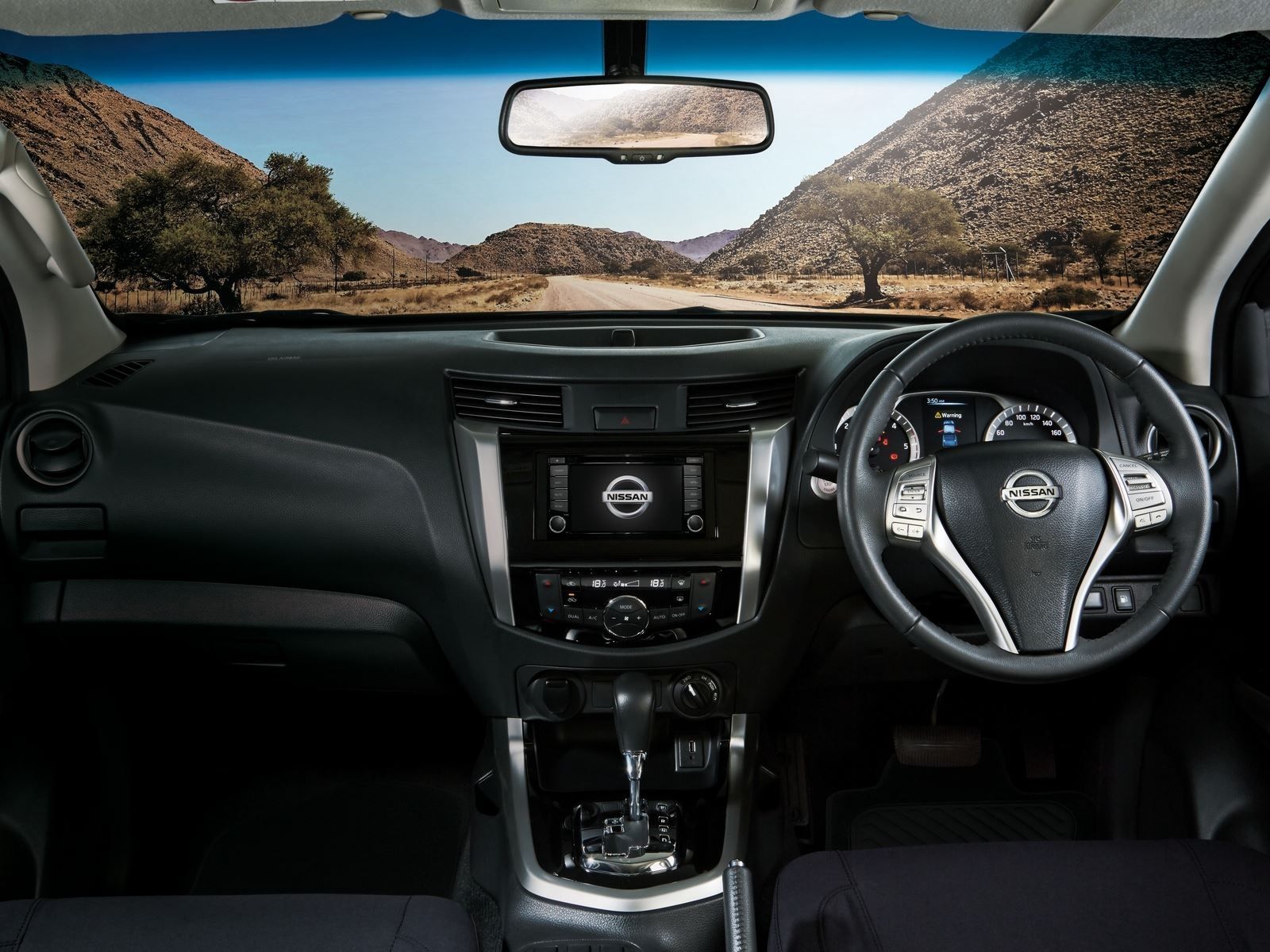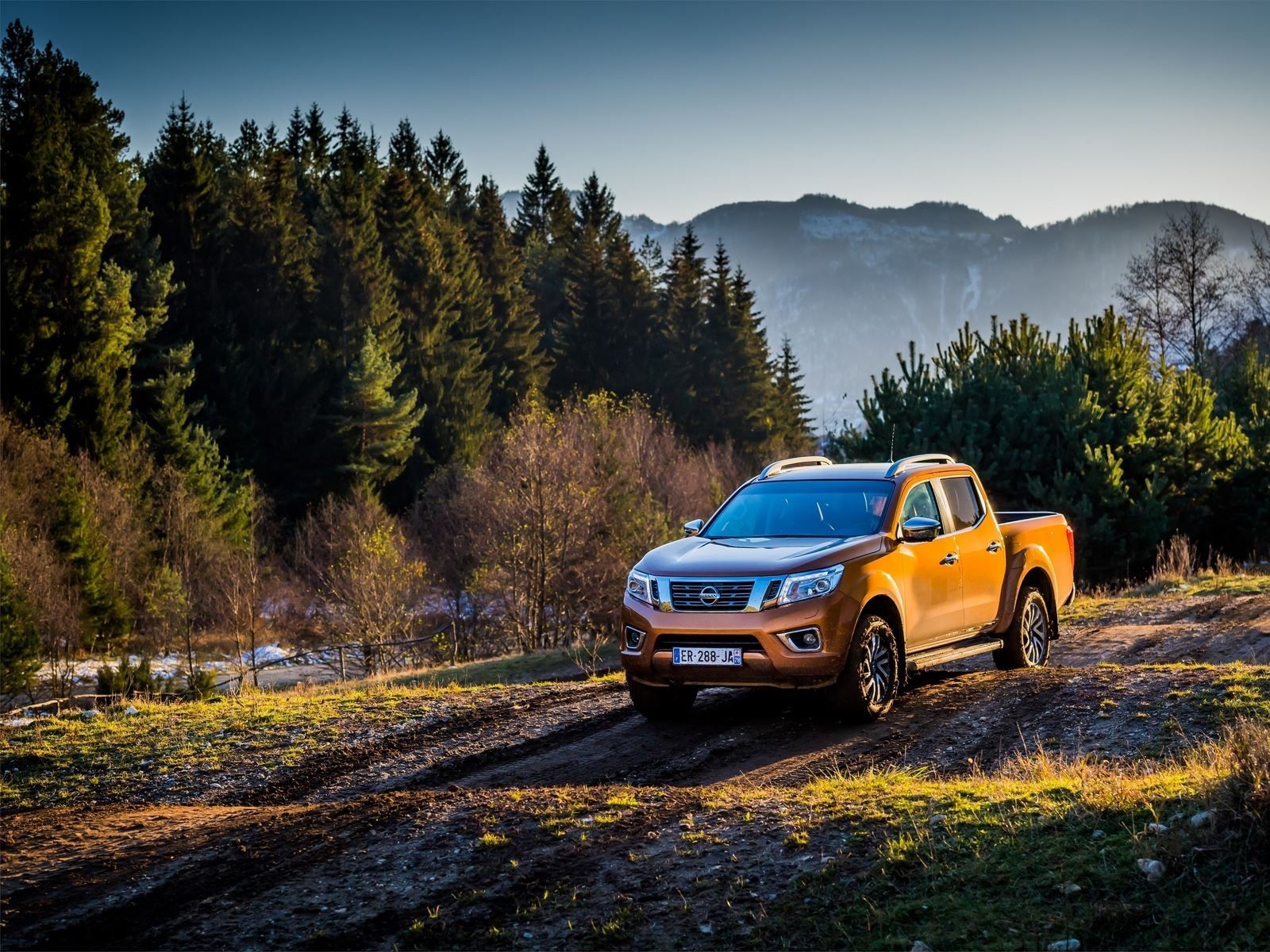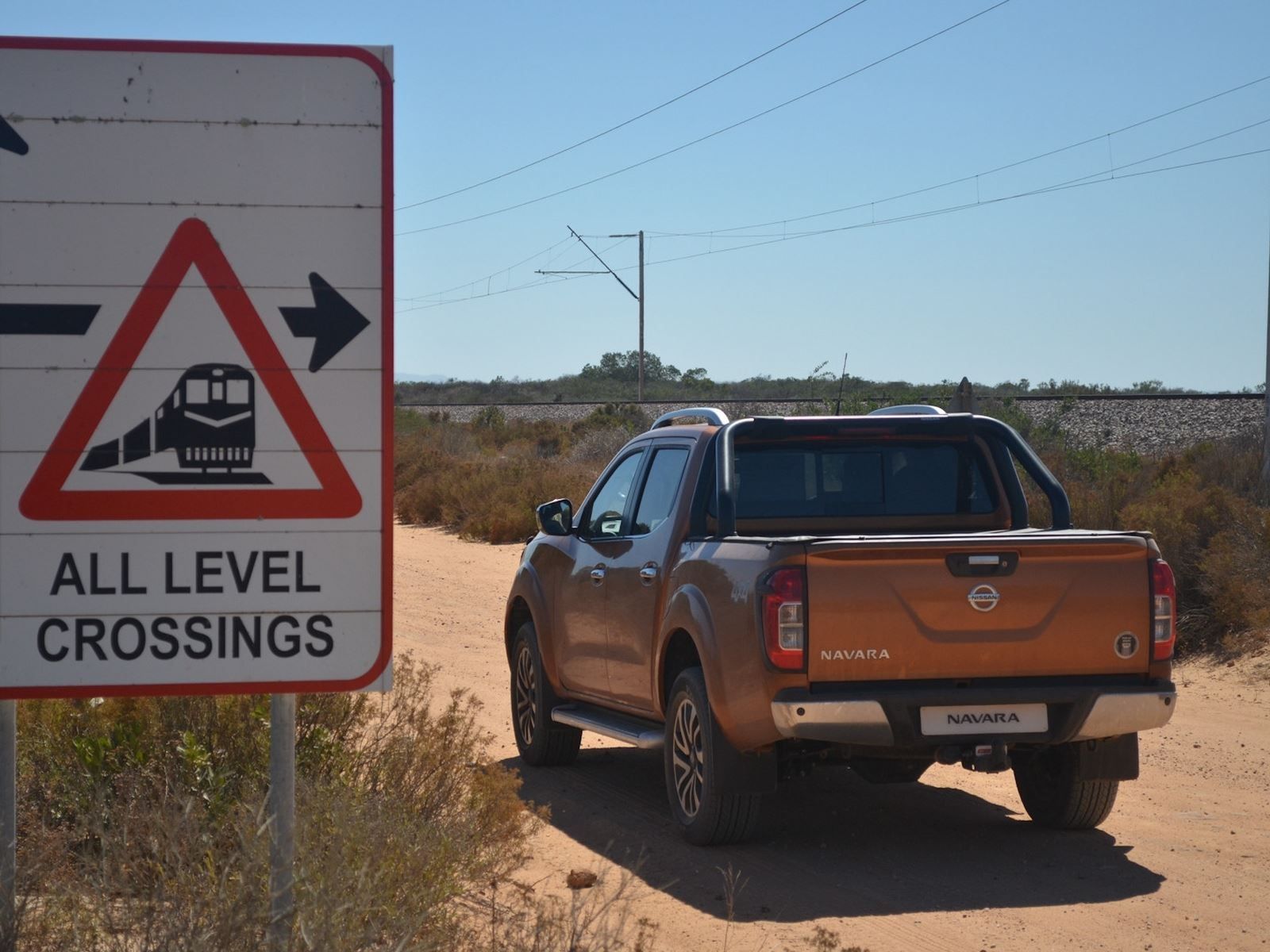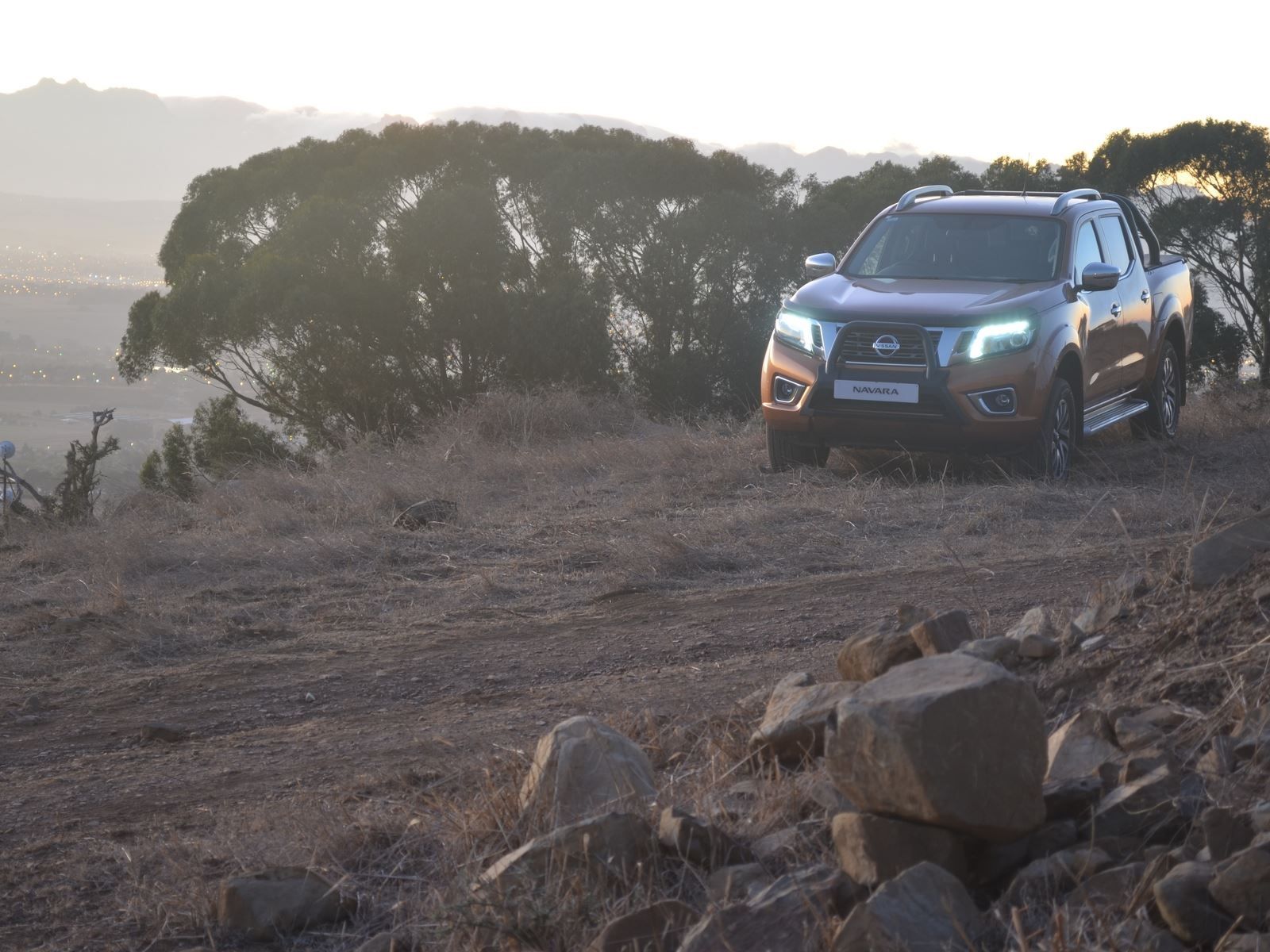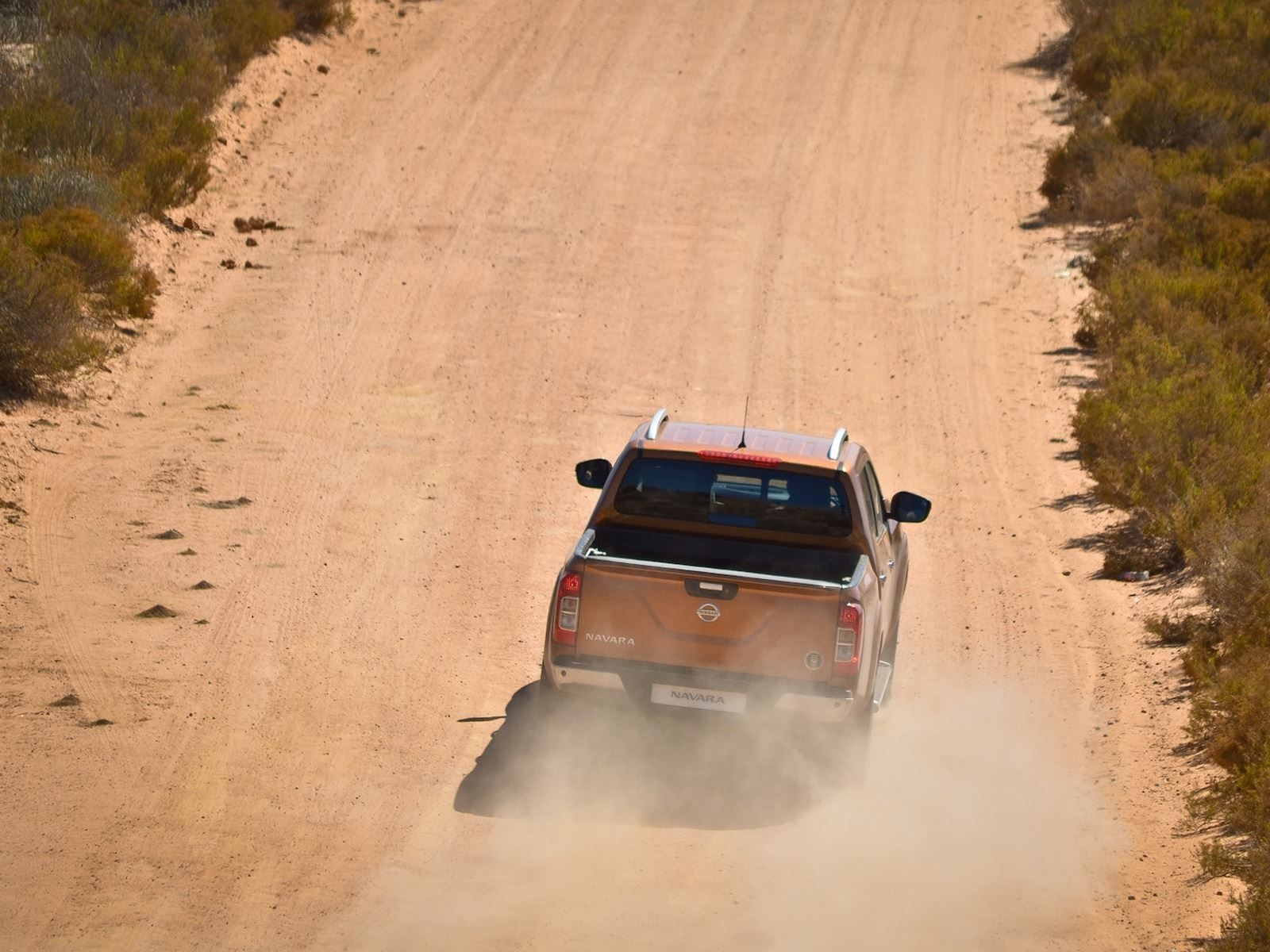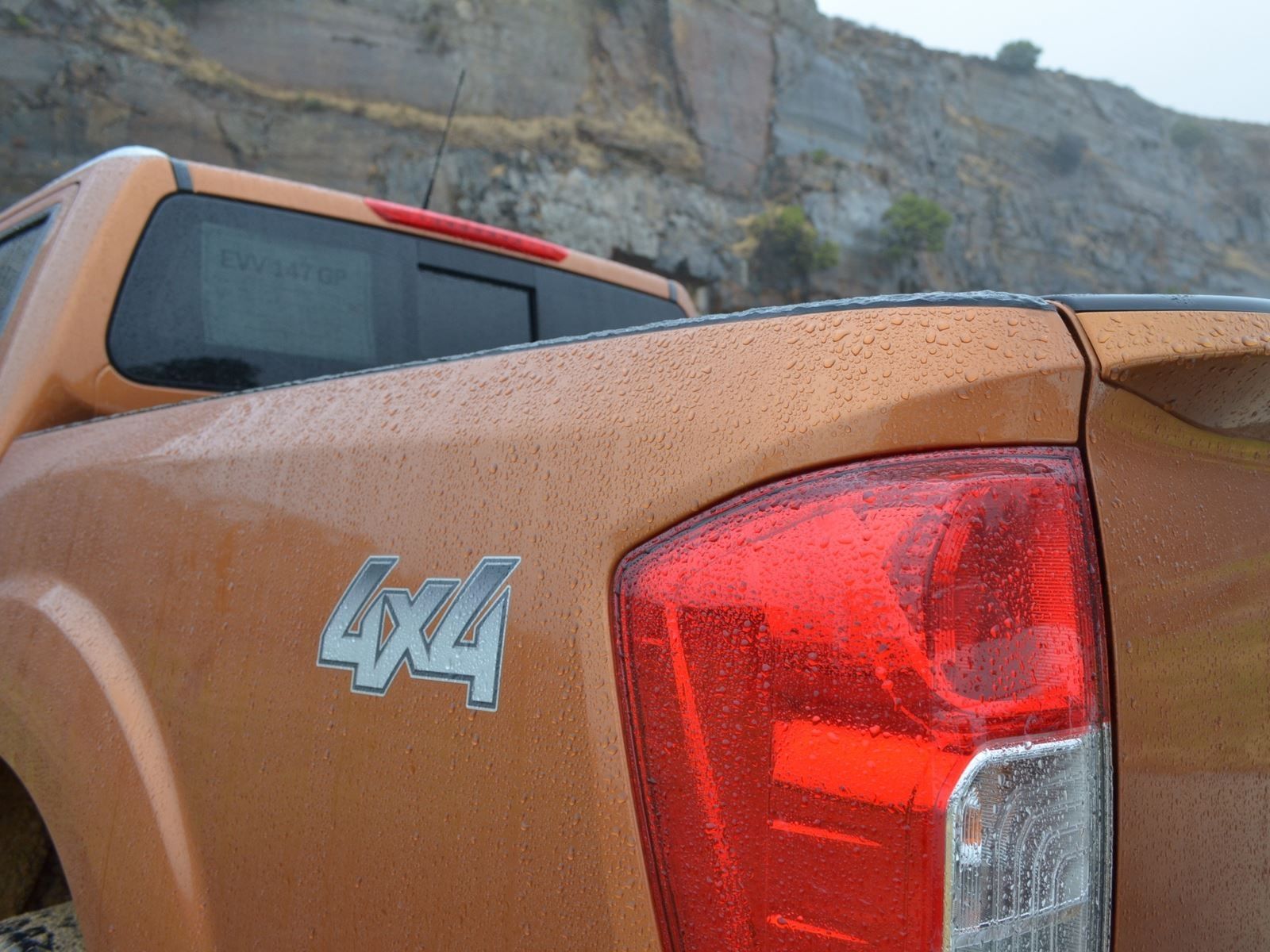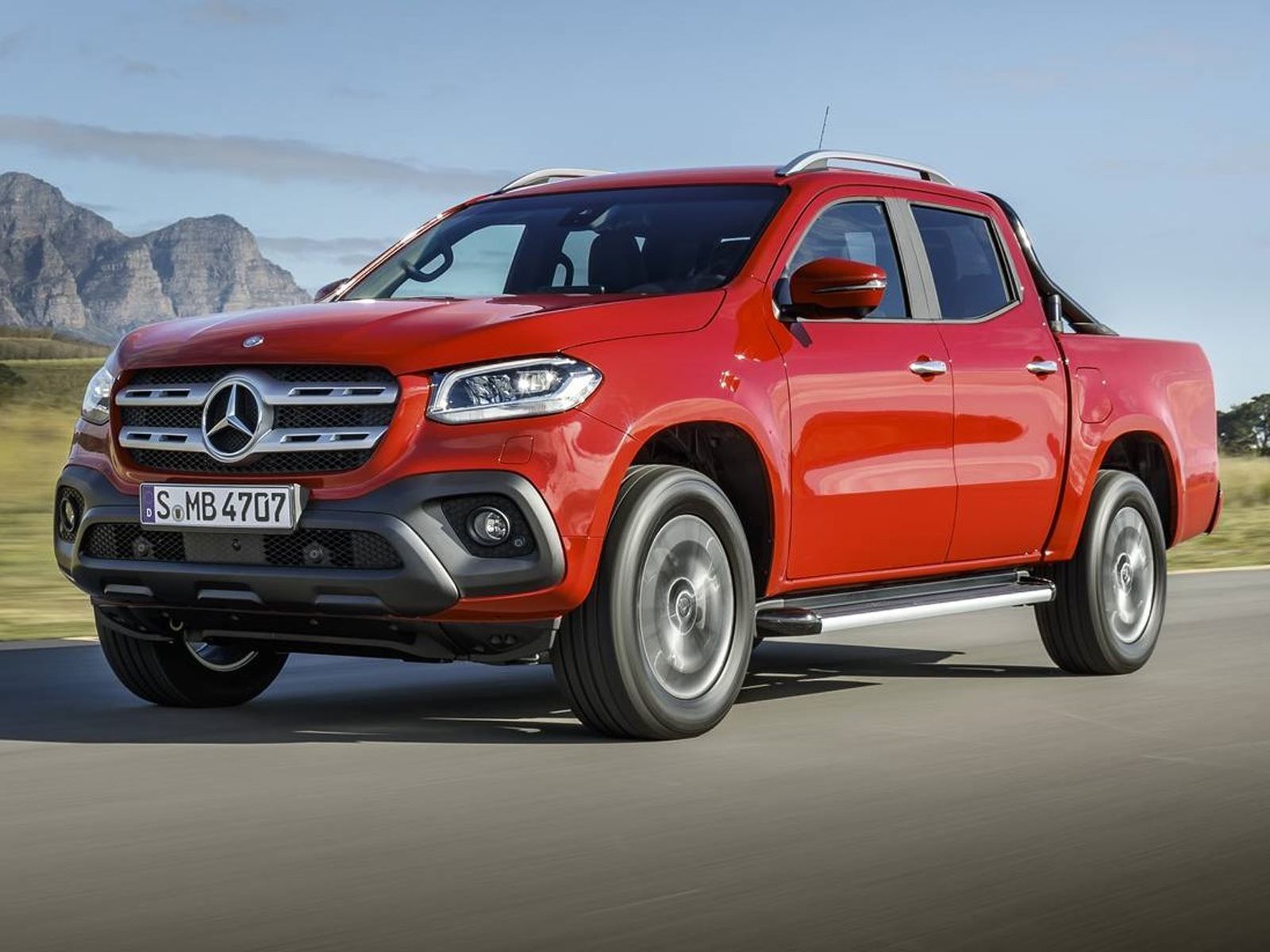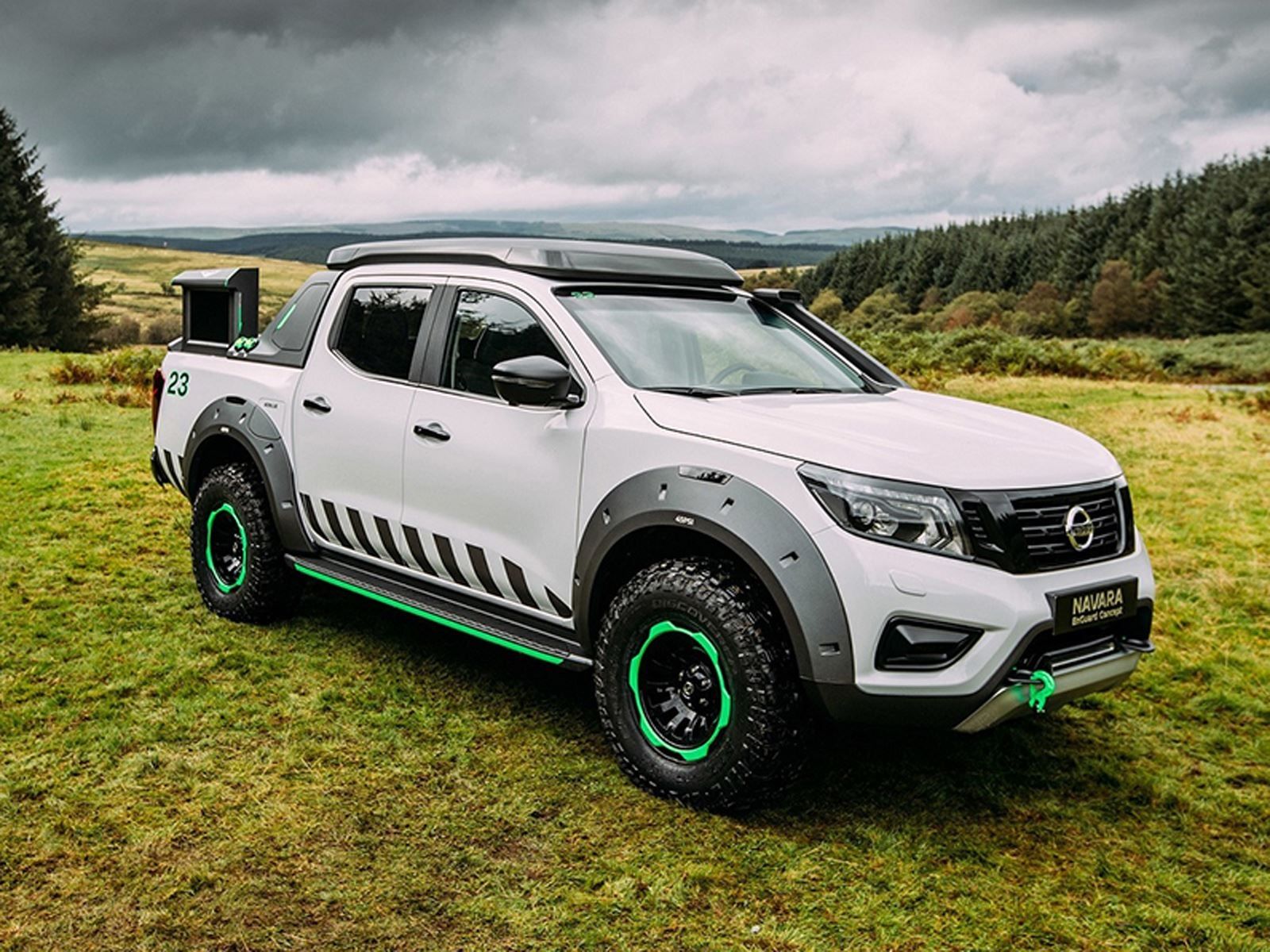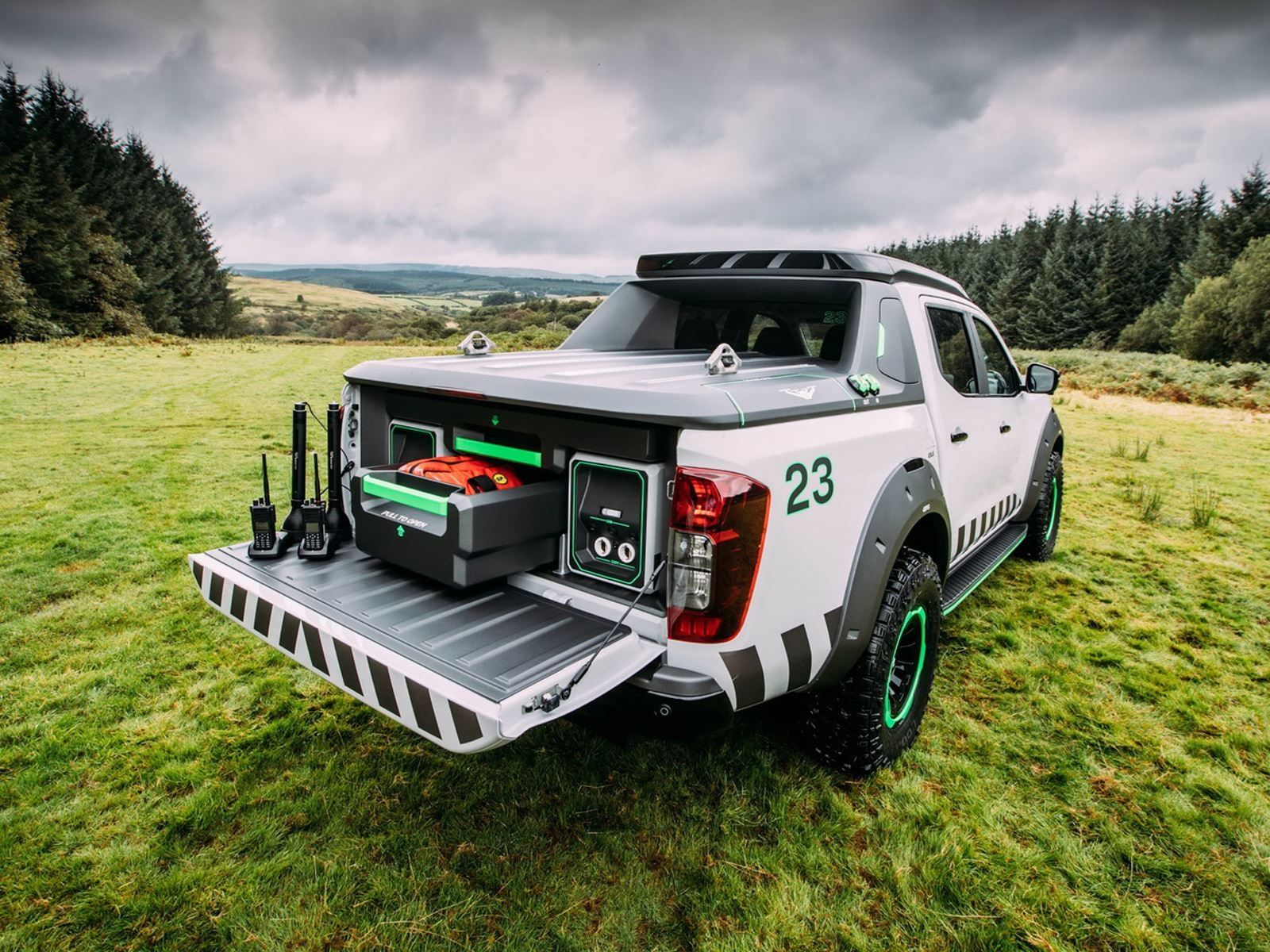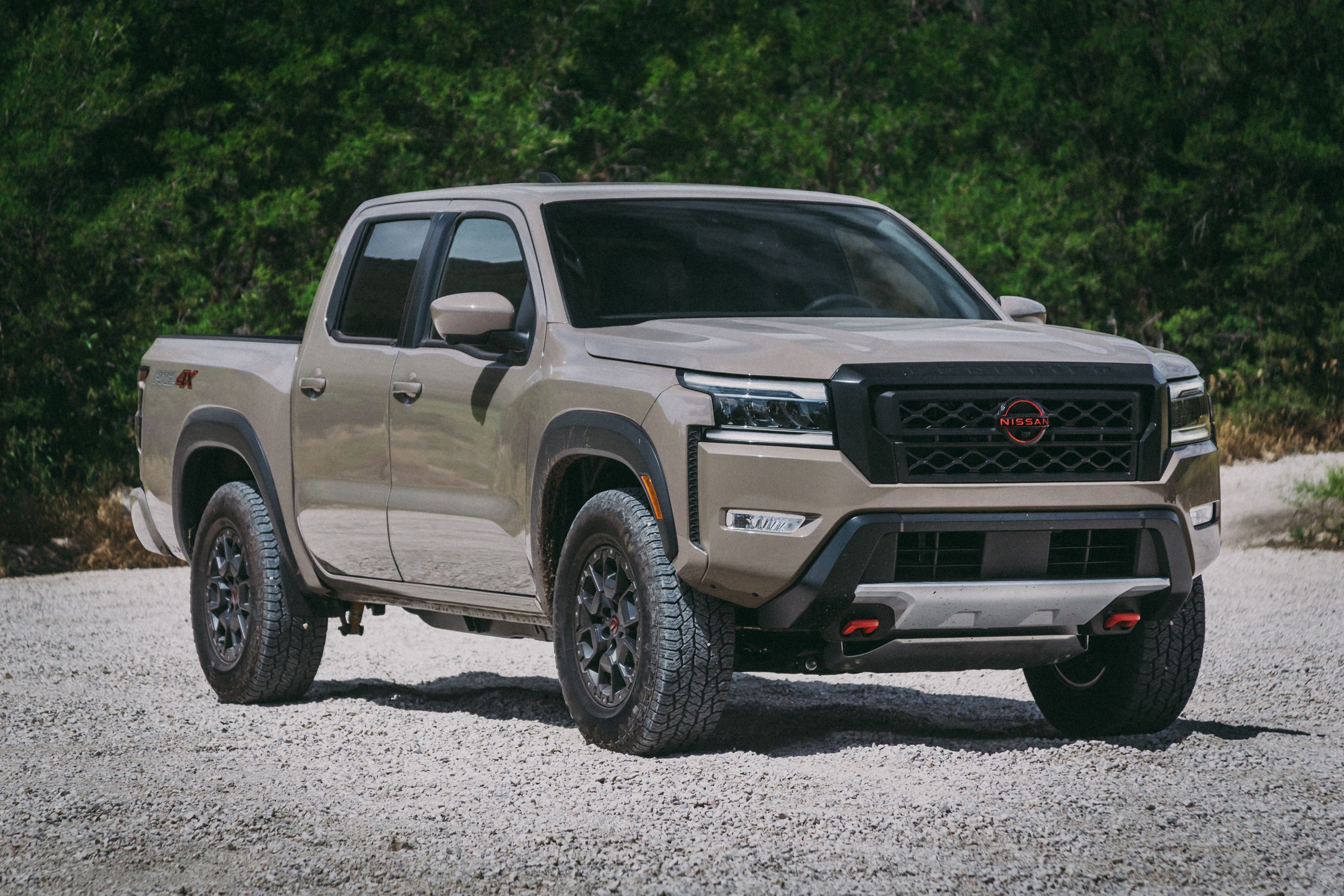
The Nissan Frontier has entered middle age, and it's done so a little less than gracefully. It's been around essentially since 2004, and well it isn't quite the strongest proposition in the mid-size pick-up market anymore. Toyota's Tacoma, Chevrolet's Colorado, and Honda's Ridgeline all offer substantially more than the Frontier. What Nissan isn't telling us is that there's a new Frontier – at least there is overseas.
In foreign markets the Frontier is badged a 'Navara', and since 2014 they've been enjoying the 3rd generation model. Nissan USA hasn't had plans to bring that here though – however it may soon be reconsidering; what with Ford unveiling a USDM Ranger at the recent North American International Auto Show. So when Nissan does bring the 3rd generation Frontier, here are ten reasons why it's likely to be the leader in its segment:
1. Coil Spring Five-Link Rear Suspension
Pickups usually make do with leaf-spring rear suspension systems. They're useful; practical; as they enable the carrying and towing of heavy loads with a suspension setup that increases the resistance and support the heavier the payload gets. But they tend to be at odds with any inclinations of comfort. But the new Frontier will feature an available coil spring rear suspension on certain models - tuned to enable the same payload and towing capacity, but most notably improving the unladen ride comfort substantially. Only one other pick-up in this segment offers this - and the Honda Ridgeline has been a class leader as a result.
Additionally, a five-link suspension setup bonded to the ladder frame improves not only ride comfort, but handling dynamics too thanks to an improved range of movement.
2. Body-On-Frame Chassis
But while the Honda offers comfort, its humble family van platform is less conducive to hard work than a traditional body on frame chassis. While the Frontier won't be the only body-on-frame truck in segment, it will combine comfort with practicality and usability like others in the segment most certainly do not.
3. Twin-Turbo Diesel Engine
The new Frontier – or Navara in other markets – benefits from a range of updated engines. But the most notable one of the lot is a twin-turbocharged diesel engine with a displacement of 2.3-liters. The two turbos – one a smaller high pressure unit, and the other a larger low pressure unit – combine with common rail diesel injection to deliver 188 horsepower and a useful 332 lb-ft of torque. The latter figure is available between 1500- and 2500 rpm for effortless towing, but the refinement of the new engine is a major step up over even the gasoline V6 in the current model.
4. Advanced Driver Aids
The new Frontier platform features a range of advanced driver aids integrated into the chassis and driveline systems. The standard ABS brakes and Vehicle Dynamic Control system apply, along with hill start assist and hill descent control. But the most important driver aid is what Nissan calls ABLS – the Active Brake Limited Slip differential. It's an electronically operated system permanently active in both high and low range configurations that actively manages torque deliver from front to rear and left to right to control individual wheel speeds for maximum traction and improved maneuverability.
5. Lightweight Construction
In an era when fuel economy must be reduced and efficiency improved, one of the easiest ways to do so is through reduced weight. The new Frontier platform benefits from a ladder frame chassis reinforced with high strength steel and the use of new types of steel. The resultant weight saving of 388 pounds over the current Frontier is more efficient, but also makes the Frontier more nimble.
6. Impressive Off-Road Ability
9-inches of ground clearance and approach and departure angles of 33- and 27.9 degrees respectively ensure that the new Frontier will be more than capable off-road. The ramp-over angle of 25.2 degrees is equally impressive, but the new suspension layout and reduced weight have increased the lateral tilt angle to 50 degrees. Lastly, a low range transfer case features electronic actuation for on the fly changes from within the cabin.
7. Large Carrying and Tow Capacity
The redesigned suspension and chassis have enabled smarter packaging and improved carrying capabilities. In crew-cab trim, the 60-inch load box (which would be the US short box) has been made deeper than the current frontier too – now at 18.6 inches – to enable it to carry a 2209-lb payload with a maximum volume of 37.5 cubic feet. It's less than the current class leader – the Colorado – but more than Toyota's Tacoma and Honda's Ridgeline. As for towing capacity, the twin-turbo diesel engine and revised suspension setup enable the Nissan to beat the class-leading Colorado's payload capacity of 7700 pounds by 16.
8. Refined, Spacious Interior
Nissan has worked at improving the ergonomics and practicality of the cabin. Though mid-size pick-ups are large in dimension, their interiors are often more cramped than is ideal. Nissan has improved ingress and egress through larger doors, whilst rear accommodation on crew-cab models has been made more comfortable with a 23-degree slanted rear bench that improves leg room over the previous Frontier. The interior has also been refined to include high quality materials for added comfort. Whilst the Honda Ridgeline may offer comparable luxury, others in class, like the Colorado and Tacoma, feel cheap by comparison.
9. International Pick-Up Of The Year Winner
In 2016, the Nissan Navara – which as we've mentioned will become the US Frontier – won the coveted title of International Pick-Up of the Year award. Judges were particularly impressed by the innovative design and construction of the ladder frame chassis and coil spring, multi-link rear suspension, but were also impressed by the range of safety systems and technology available.
10. The Closest Thing We’ll Get To A Mercedes-Benz X-Class
Mercedes-Benz has made it public knowledge that it has no intention of bringing the X-Class luxury pick-up to the United States. While we think that may be somewhat of an oversight, we're not particularly perturbed about it. Due to a partnership between Mercedes-Benz and the Renault-Nissan Alliance, the X-Class is actually underpinned by the Nissan Navara/Frontier. So even though we might miss out on the Mercedes-badged equivalent, the Frontier will provide all the luxury, all the refinement, and all the capability, but at a fraction of the cost that the X-Class would.
Internationally and locally, Nissan has developed a reputation for strong, capable pick-ups. With competition in the mid-size segment picking up strongly with Ford's inclusion, it would be a major oversight and an absolute travesty for Nissan not to offer the 3rd generation Frontier to the US audience.

